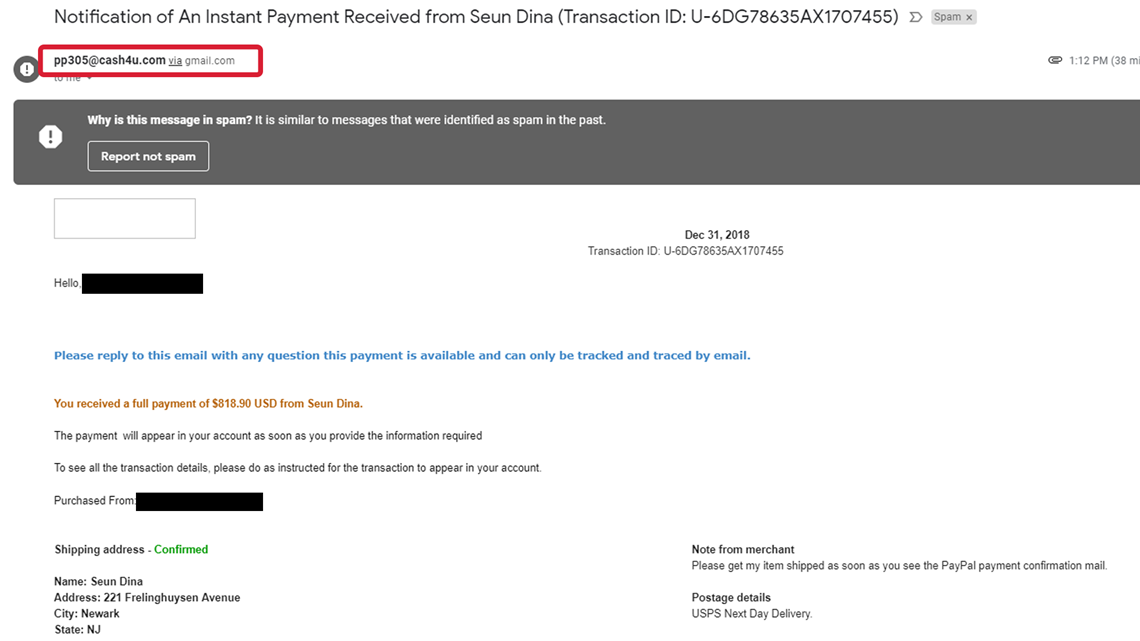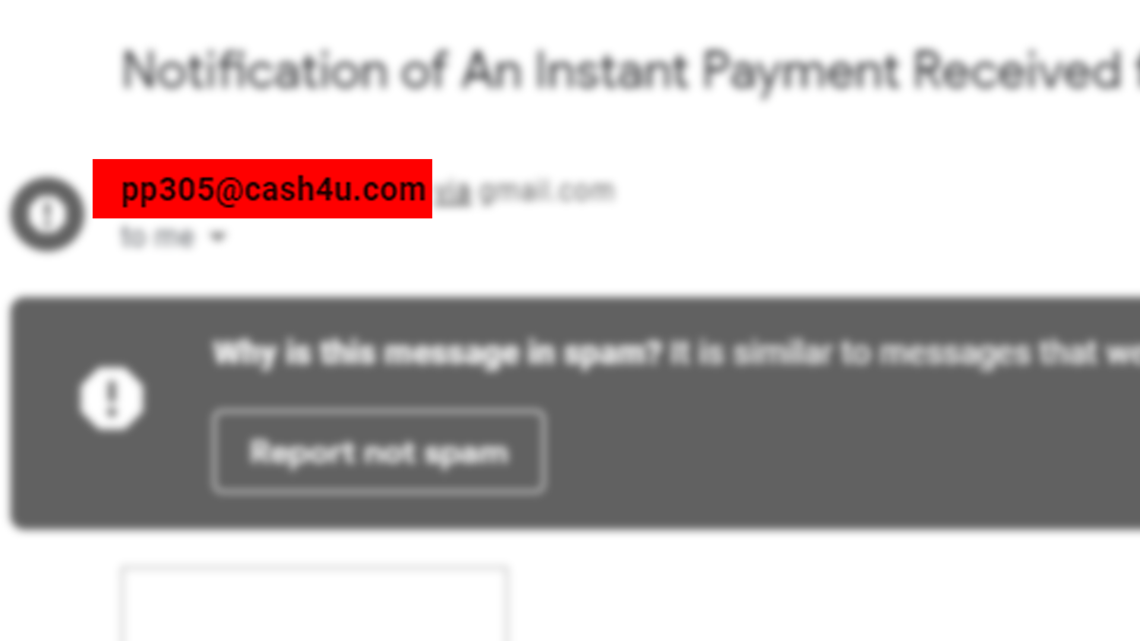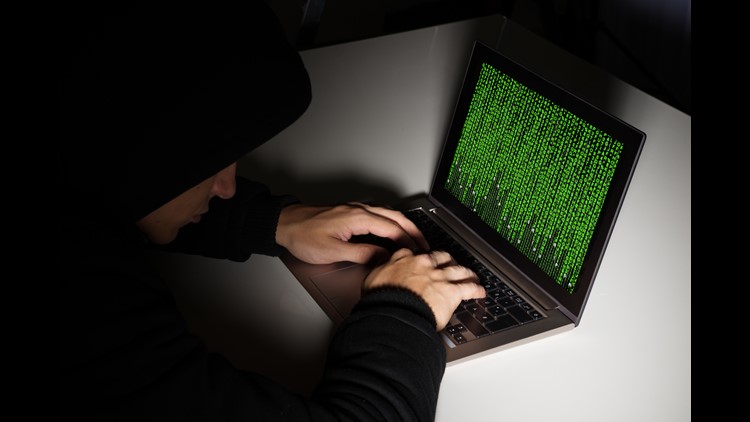It's a trick that, if you're not paying attention, can cost you big.
You place an ad on an online selling site, and almost immediately, you get an interested party.
The problem is, how do you know if the person on the other end can be trusted?
All it takes is one free tool to which everyone has access: skepticism.
For instance, I posted an ad to sell a popular and expensive DSLR camera. I've dropped the price in the hope that someone will see the deal and contact me.
And someone did.
Using an anonymous address provided by Craigslist, I received an email soon after the post was made public:
Lempertz Lempertz <65f3b19555cb325a9e5b65e1ed8d9d7c@reply.craigslist.org wrote:
Fast forward to the present, and someone named "Lempertz Lempertz" is ready to send the money through PayPal.
However, "Lempertz Lempertz" made a request that raises a red flag by asking for my email address.
Why would would an email address be needed when all of the pertinent information is already provided through the Craigslist proxy system?
As it turns out, it's an integral part of the scam.
When you receive money via PayPal, you receive an email confirming the amount sent. It looks official, no spelling errors or bizarre characters that would be an obvious red flag:


But is it from PayPal?
I logged into PayPal, and there was no sign of the money.
The secret to confirming the scam can be found in the email address used by the scammer.
If the address doesn't contain "@paypal.com" then it's fake:


This is the reason the scammer wanted my email: to send me a fake email in the hopes I'd think it was real and send my DSLR to them..
By the time I sent the camera to them and realized I'd been had, it would've been too late.
It doesn't take much to fake an email visually. But it's much harder to fake an email with the correct address.
And it turns out, I'm not alone.
This type of scam has been around for a while, with several variations.
What's the best way to avoid being scammed?
PayPal says it's best to log into your account and check to see if the money is there. And, log in manually. Don't click any links in the suspicious email, as they will likely send you to a fake site. Instead, go to PayPal.com, and enter your information.
Think you're being targeted by a scammer? PayPal has a contact page where the suspicious email can be sent.



